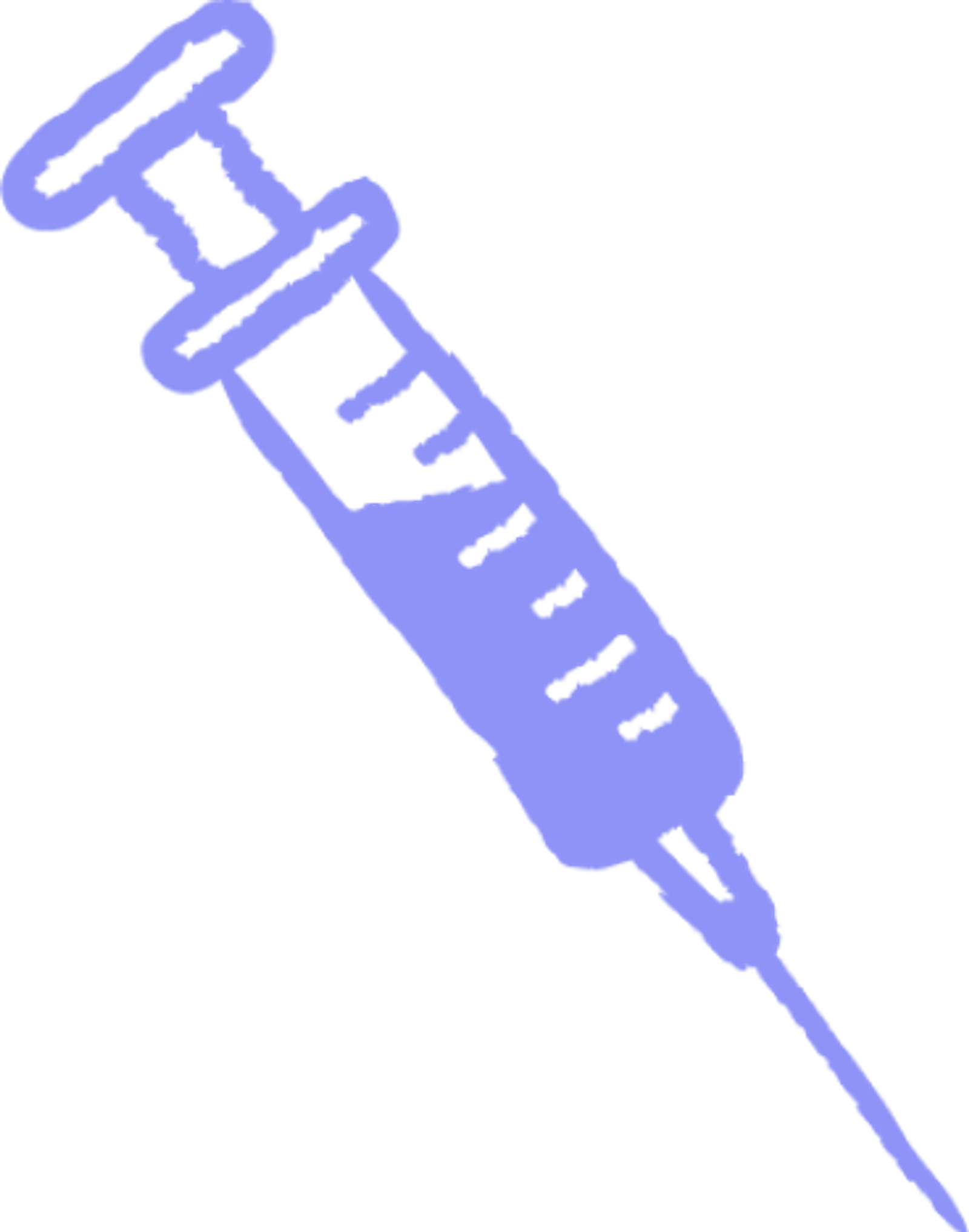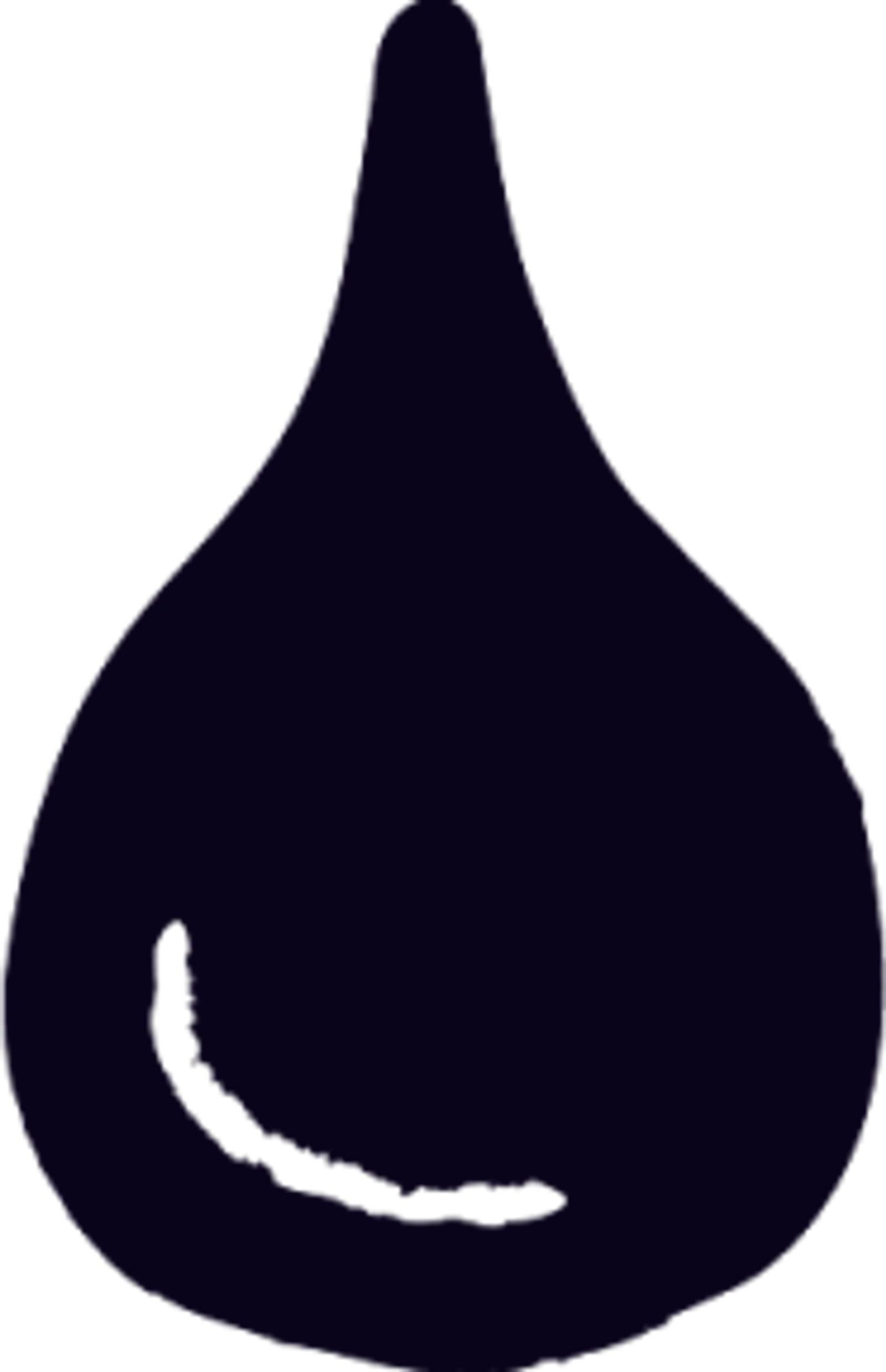Plasma 101
Who: Eligible donors between 18 and 64 can earn up to $560 a month in NY and up to $770 a month in FL.
What: Plasma is the yellow part of your blood that replenishes naturally.
Where: Queens, Brooklyn, The Bronx (NY), and Ft. Pierce (FL).
Why: Get paid to donate and help treat bleeding disorders, immune deficiencies, and more.
When: No appointment needed—walk in anytime before closing.
Unveiling the Life Saving Power: A Deep Dive into US Plasma Donation Statistics
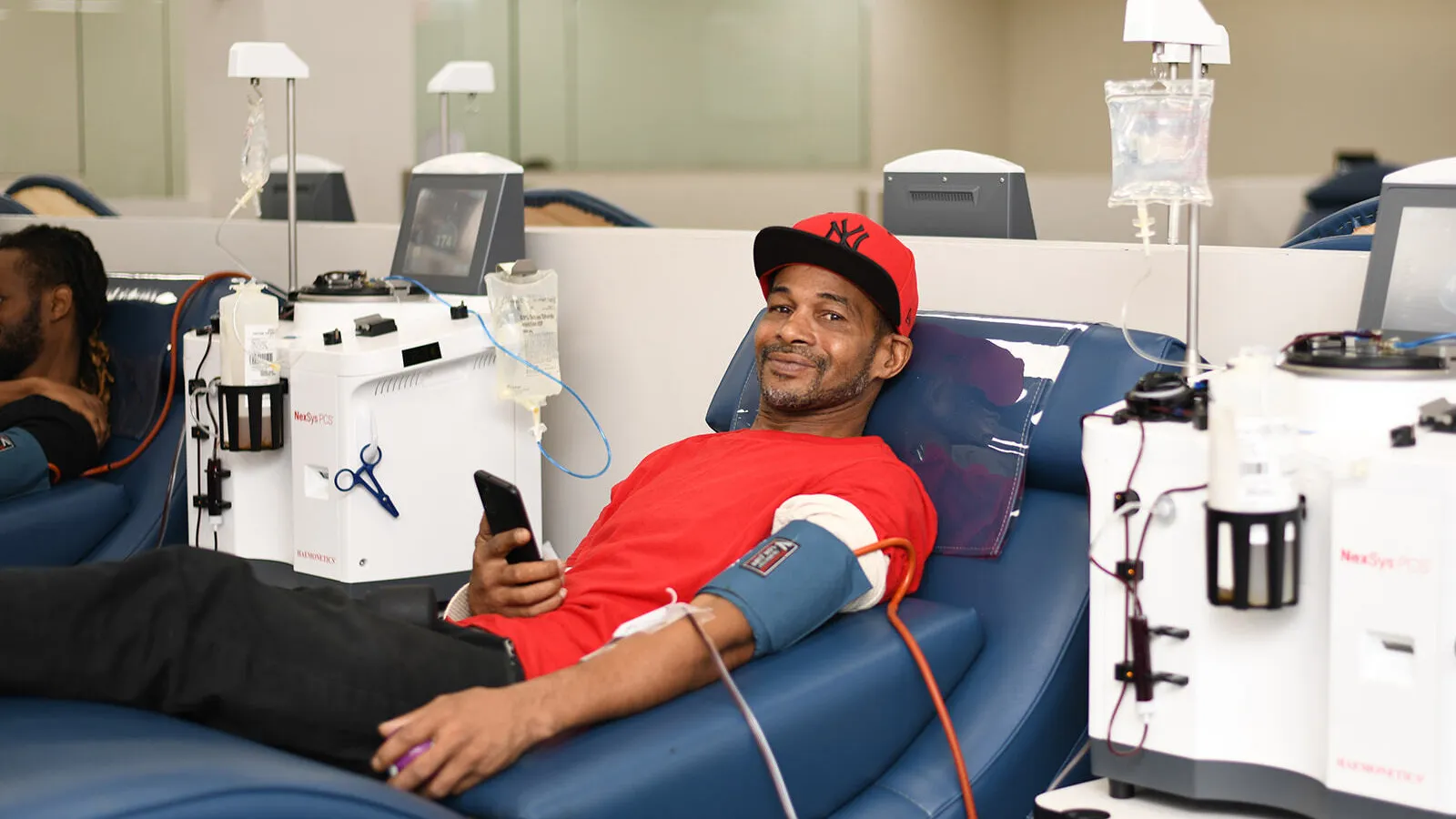
Throughout the US, over 800 plasma donation centers collect life-saving plasma daily to help millions of individuals live happier, more comfortable, and independent lives. Plasma donation has become increasingly popular, not least thanks to the numerous benefits for donors that motivate individuals to donate beyond the philanthropic gesture of helping those in need through an act of goodwill.
According to an FDA ruling, a plasma donor can donate up to two times weekly as long as there’s a break of 24 hours between each session. On average, plasma donors can typically receive $500 per month, depending on what state they live in. At Olgam Life, donors can earn up to $7,280 in NYC and $10,400 in Florida.
The US is the largest exporter of plasma, contributing around 70% of the global supply. Without this crucial lifeline, healthcare providers worldwide couldn’t offer the support they do, and the future would look a lot different for many. Read on for the key facts and figures about US plasma donation.
A Nation of Life Savers: Tracking the Surge of Plasma Donors in the USA
The demand for plasma has consistently risen through the years. The global plasma market size was valued at a whopping USD 28.5 billion in 2019 and is expected to grow at a compound annual growth rate (CAGR) of 6.3% up to 2027. So why are plasma donor statistics in the USA increasing at such a rate?
For a start, the demand for immunoglobins has increased. These proteins derived from plasma function as antibodies and are one of the most important elements of plasma in treating diseases. Autoimmune deficiencies and other life-threatening disorders can be managed and treated with plasma, and with autoimmune disorders now affecting one in ten people, the demand for plasma is at an all-time high. Approximately 70% of the globally collected plasma is used to treat primary immune deficiencies.
The Covid-19 pandemic was also a factor in the surge in plasma demand, with convalescent plasma therapy for Covid-19 patients a treatment able to boost a person’s immune system with the right antibodies and treat severe cases of Covid-19.
Advancements in medical technology have also contributed to the increase in plasma donation and use. More efficient, convenient collection, storage, processing, and use of plasma has made it much easier for plasma to be used in therapeutic treatments. This has, in turn, given way to an increase in plasma-based therapies as pharmaceutical businesses and the healthcare industry seek out plasma for more practical applications.
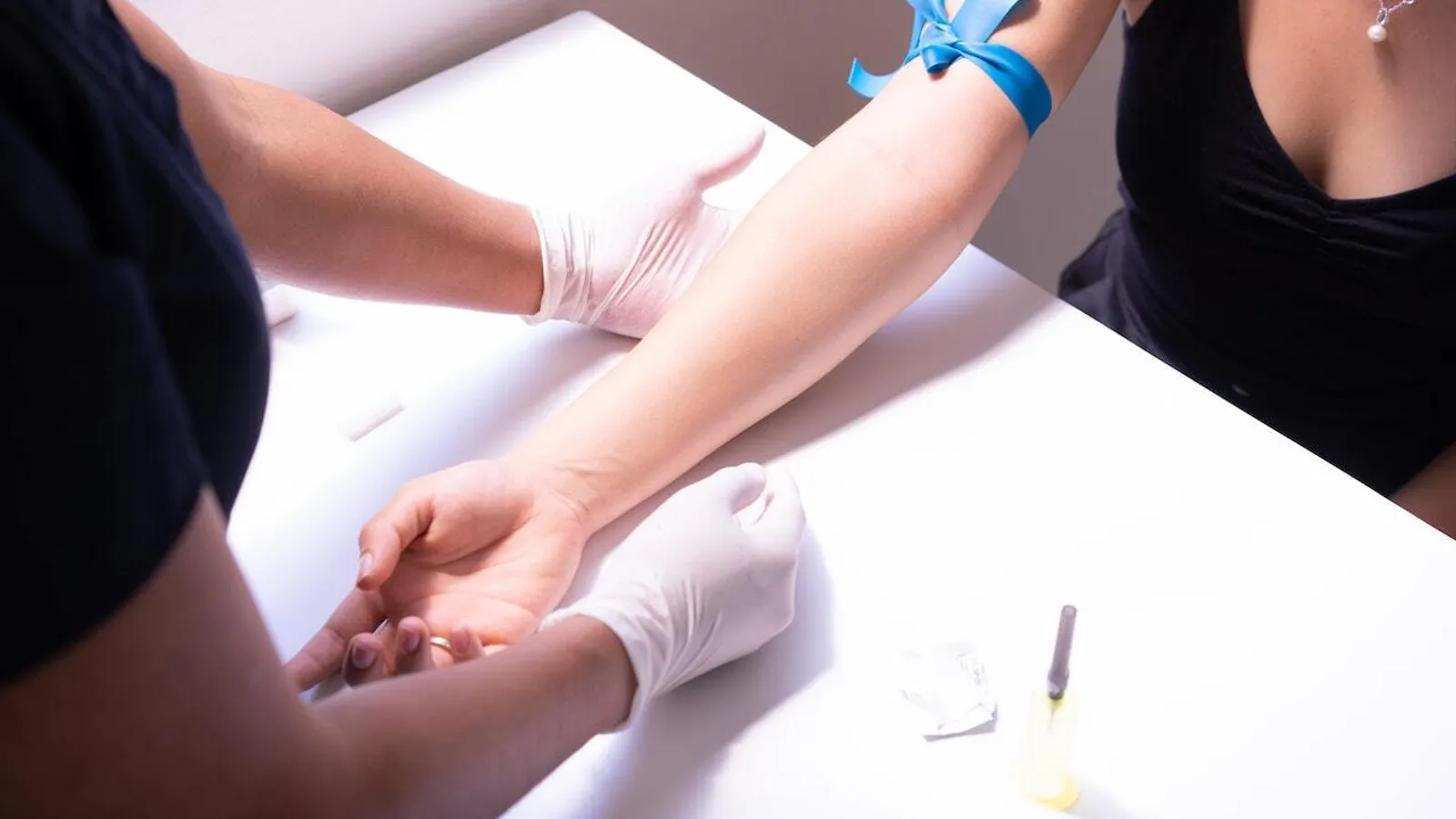
Twice a Week Heroes: Exploring the Frequency of Plasma Donations Across America
When it comes to the frequency of plasma donations in the USA, donors can donate more plasma more frequently than whole blood, making it a more generous and more profitable venture most of the time. Plasma can be donated twice a week, every week, with a break of 24 hours in between sessions. Whole blood can only be donated every 56 days, up to 6 times a year.
Approximately 55% of blood is plasma, and donation quantity can range from 690 to 880 milliliters, depending on the donor's weight. The FDA requires us to carry out some checks to make sure it’s safe to take a donation. Among others, these are as follows.
Age of Donors: Donors must be between 18 and 69 years old.
Donor Weight: Donors must weigh at least 110 pounds (50kg).
Donor Health: Donors must be healthy and undergo a medical examination and screening before donating.
Assuming an individual passes these checks, they’re clear to donate plasma. Donation takes 1.5 to 2 hours at a time and can be done twice a week (with a 24-hour break in between). We’re flexible in working with our donors so they can fit donations around daily responsibilities. This helps our valued donors donate as frequently as they can or would like to without stress.
One of the benefits of donating plasma is that it holds you accountable for your own personal health and fitness. Plasma donation incentivizes donors to lead healthy lives in order to donate as frequently as they would like and produce high-quality plasma. There are some important but easy steps to prepare for plasma donation that help you give a high-quality donation. For example, plasma consists of about 92% water. The remaining 8% comprises essential substances like proteins, hormones, and nutrients. So, it’s important to drink lots of water and eat a balanced diet regularly, especially in the lead-up to a donation, to reduce negative side effects.
Trading Plasma for Profit: An Examination of Donor Compensation in the USA
Plasma donation compensation in the USA is one of the reasons it’s so prevalent. While the American Red Cross’s advice is that donors should only donate every 28 days, the FDA has the final say at twice in any seven-day period with a 24-hour break. Thanks to this, there are hundreds of private plasma donation centers that offer individuals payments for up to 104 donations a year.
Plasma donor centers offer compensation in numerous ways. It’s up to you to decide which one is best.
Some centers offer advantage points systems where points collected are redeemable for gifts.
Some centers offer gift cards in exchange for donations.
Some centers offer cash payments for donations.
At Olgam Life, we provide our donors with debit cards that are instantly charged with cash upon completing a plasma donation. These cards can be used at cash withdrawal points. We prefer offering cash so our donors can use their money how they want to, rather than choosing from gift card options or waiting a long time for points to accumulate.
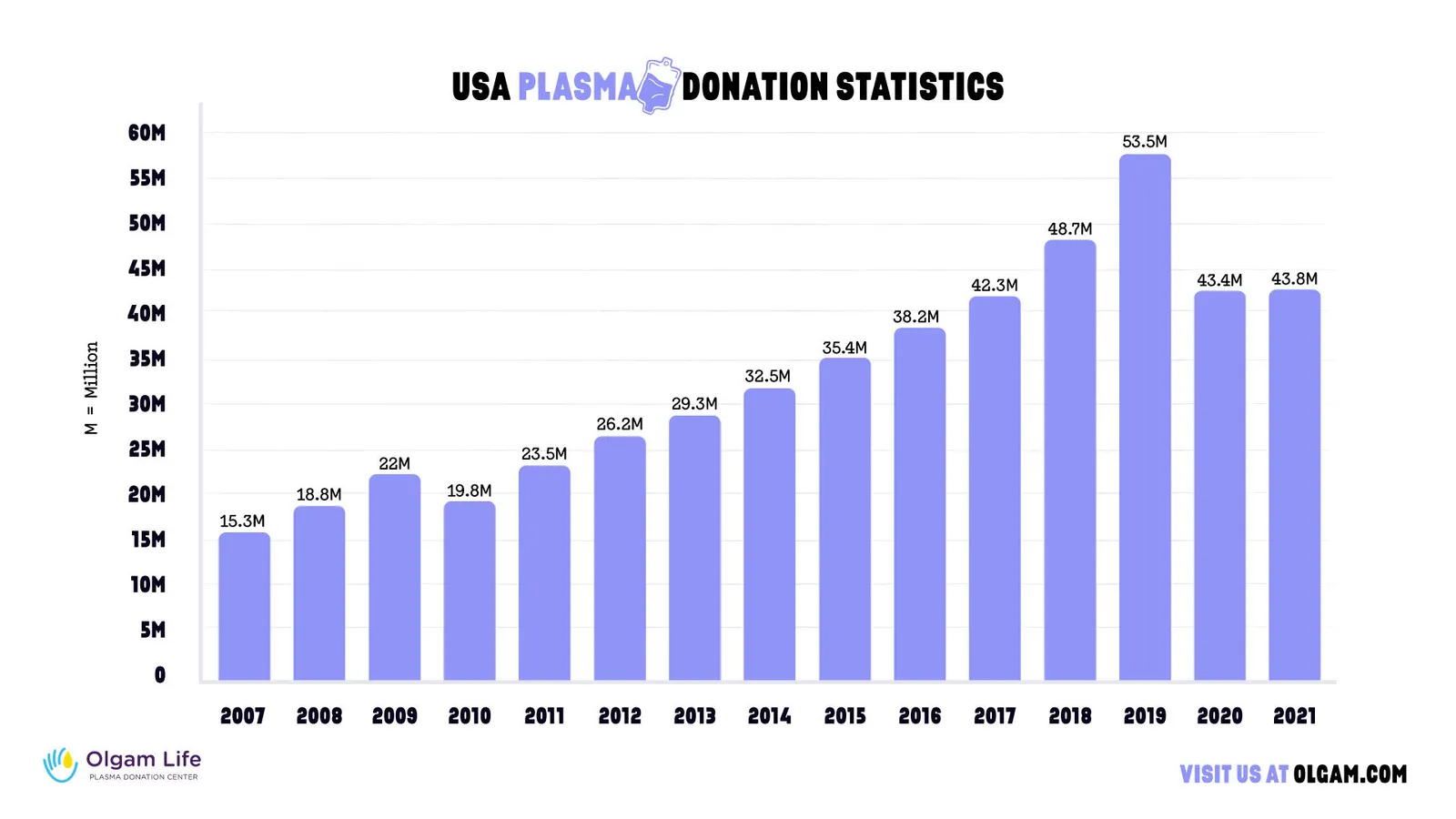
Gift of Life in the USA, The Statistics Do Not Lie
Statistic source: statista.com
USA plasma statistics demonstrate the growing popularity of plasma donation in recent years. Data from Statista shows us how rapidly plasma donation has increased in the past 15 years. Rising by 185% from 2007 to 2021. The uptick in plasma donation has seen just one setback: the Covid-19 pandemic and associated lockdown that individuals from visiting donation centers in person. However, the number of donations is recovering effortlessly.
Unraveling the Various Uses of Donated Plasma
The feel-good factor of knowing your helping others with a plasma donation is undeniable. But where does plasma go when it’s collected? And what are the uses of donated plasma?
Plasma is collected by a process called apheresis which involves separating your plasma from your whole blood via a centrifugal force. The remaining blood components are then returned to your bloodstream. Once collected, your plasma is tested to ensure it is safe for use. It can be stored for up to one year if frozen or used immediately.
Plasma is used in treating various autoimmune diseases, such as Guillian-Barre syndrome and Chronic Inflammatory Demyelinating Polyneuropathy (CIDP). Plasma can also be separated into a variety of components, such as clotting factors, immunoglobulin, and albumin, meaning its uses are wide-ranging, and it can be adapted to many different treatments.
Plasma’s clotting factors and its derivatives are used to treat diseases such as Hemophilia and Von Willebrand Disease. Albumin, a protein found in plasma, is often used for treating burn victims and casualties of trauma.
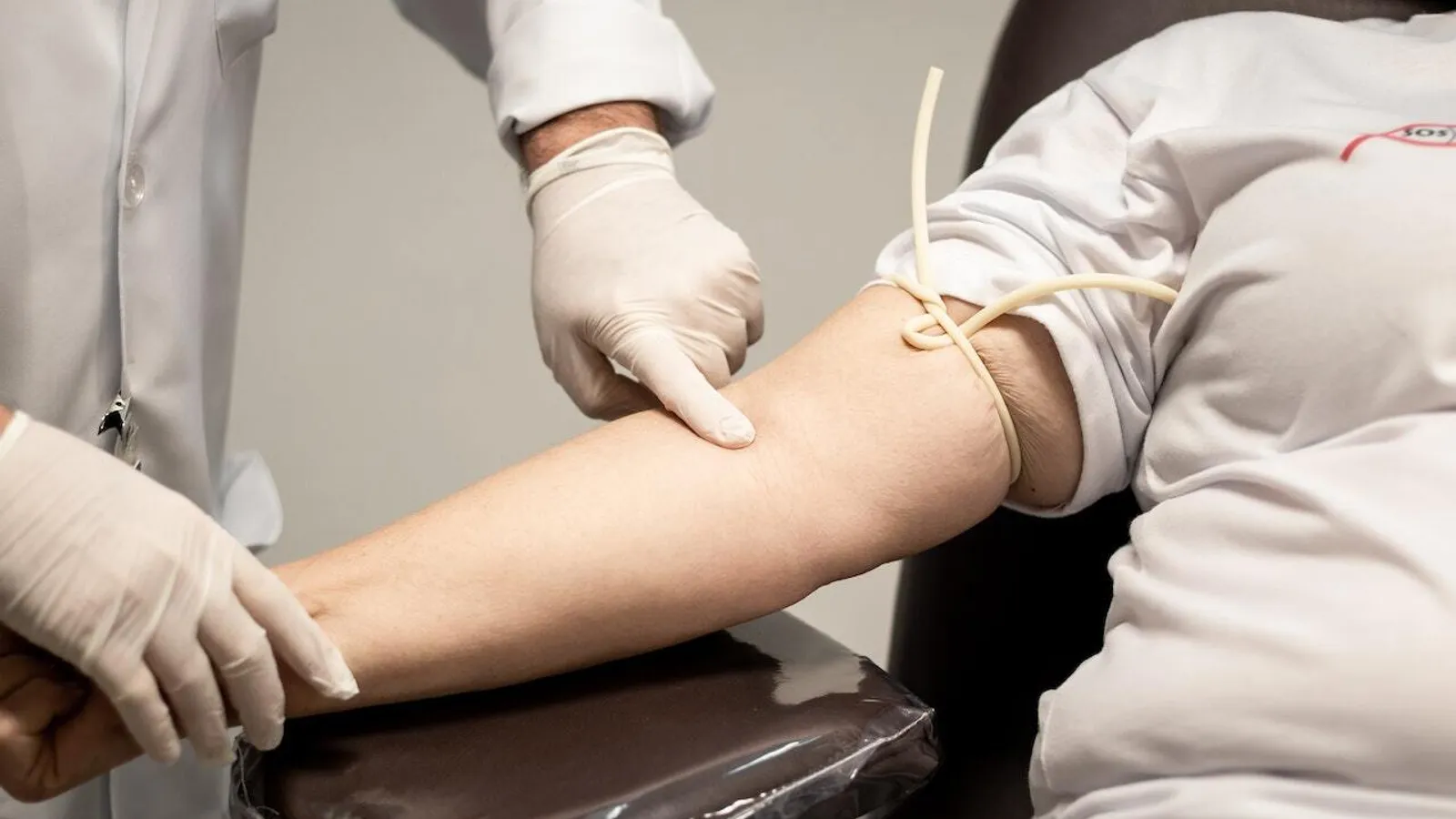
The Future of Plasma: Projecting the Growing Demand and Impact of Plasma Donations in the USA
The future of plasma donation in the USA will significantly impact healthcare and the economy. The demand for plasma continues to rise in line with an increase in diseases that can be treated with plasma-based therapies. In addition to autoimmune disorders and bleeding disorders, convalescent plasma treatment of Covid-19 has added a new dimension of use to plasma therapy.
As the demand for more plasma increases, there will be a greater need for donation centers and facilities to collect, process, and store plasma. The 800+ current plasma donor centers will multiply. Olgam Life currently operates eight centers, but we’re always looking for areas to expand into. In fact, we’ve got a ninth center opening in East Harlem in September.
At a wider look, plasma donation will have an impact on the economy. As more centers open up, more jobs will become available, as will alternative sources of income for donors. At Olgam Life, we like to foster a positive sense of togetherness in our communities. We know how important it is to leverage our power for good, creating opportunities for donors and new team members and offering life-changing plasma to recipients thanks to our operations.
The future impact of plasma donation is an exciting one. As plasma donation becomes more widespread, affecting positive change for all those involved, we will begin to see more fundamental changes such as furthering research and development of new treatments, re-evaluation of regulations around plasma donation to make it safer and facilitate growth, and even better motivators for donors such as better pay. The future is truly bright when it comes to plasma donation.
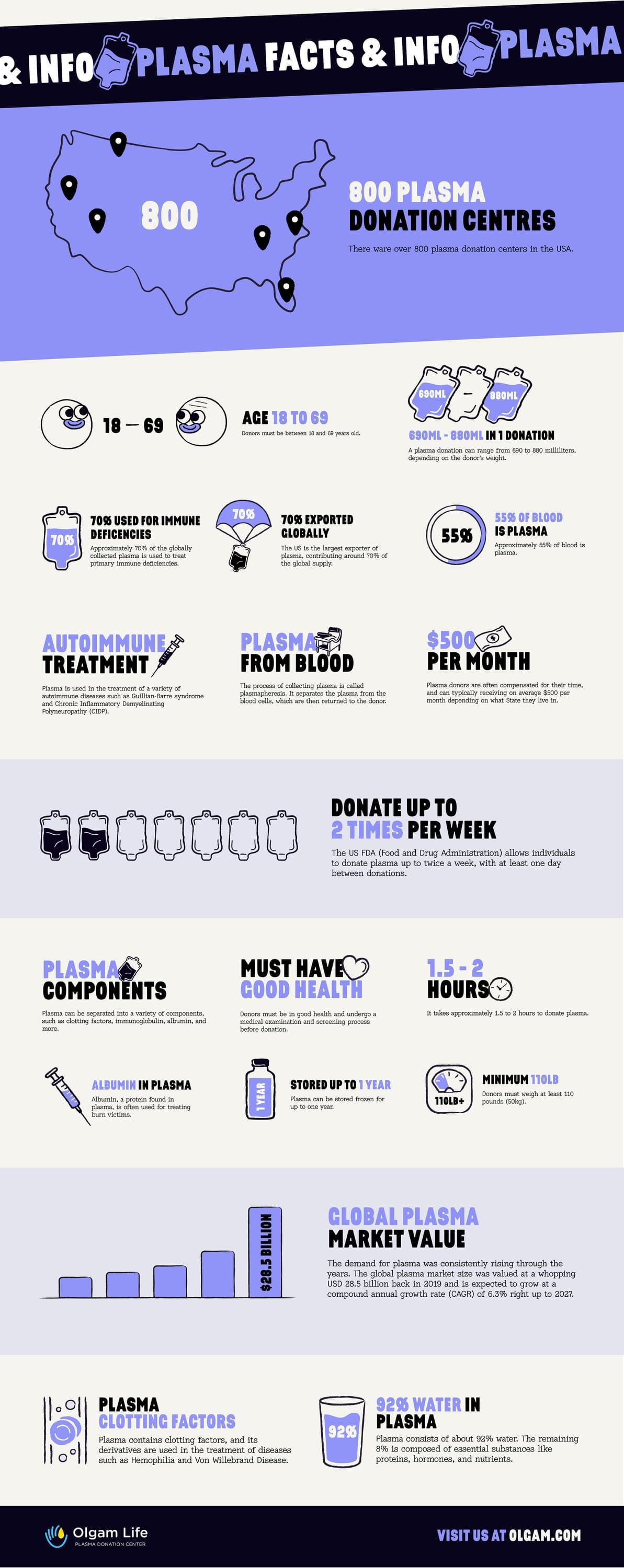
Find a plasma donation center near you and be the positive change in someone’s life now.


